
Explore wood siding costs in 2025, including price per square foot, installation fees, and factors that impact your total project budget.
Dethatching a lawn averages $180, ranging from $100 to $600


The cost to dethatch a lawn ranges from $100 to $600, depending on lawn size and condition.
Lawn size, topography, and thatch thickness significantly influence the final cost.
Removing debris helps improve water and nutrient flow, promoting a healthier, greener lawn.
This article was updated using automation technology and thoroughly reviewed for accuracy by HomeAdvisor Editor Ryan Noonan.
Plan to spend between $100 and $600 to dethatch a lawn. A medium-sized lawn averages $180 for one to two hours of work. A pro handles the job quickly, protects your turf, and sets your grass up for long-term health. Knowing the cost drivers and timing the service well keeps your yard looking vibrant.
The cost of dethatching depends on several factors, including the size and condition of your lawn, topography, the thickness of the thatch, and local labor rates.
Most homeowners pay an average of $100 to $150 per 2,000 square feet for lawn dethatching, depending on local rates and your lawn’s condition. The larger your lawn, the more expensive it will be to dethatch. Bigger yards need more crew members and equipment, so you’ll pay more in labor and materials.
| Lawn Size (Sq. Ft.) | Average Cost Range |
|---|---|
| Up to 2,000 | $100–$150 |
| 2,000–5,000 | $150–$250 |
| 5,000–10,000 | $250–$350 |
| 10,000+ | $350–$600+ |
The topography of your lawn determines how long it takes to detach, directly impacting labor costs. Flat lawns are the quickest to dethatch because crews can move fast without extra gear. Steep slopes, obstacles, or heavy landscaping slow the job and push labor costs higher.
The thickness of your lawn’s thatch layer determines how long the job takes. Letting thatch build up for an extended period results in higher costs because it takes longer to remove. If thatch builds up quickly, set up regular dethatching visits. Routine service often qualifies you for discounted maintenance plans.
The cost of detaching depends on the time of year. Cold, wet winters and scorching summers make dethatching tougher—and more expensive. Book the job in mild spring or early fall to lock in the best rates and give grass time to recover.
Local lawn dethatching companies charge per hour, per 1,000 square feet, or with a flat fee. Expect the job to take one to four hours, depending on your lawn’s size and shape. Most companies dispatch a team of two to three people.
A lawn care pro might suggest add-ons like power raking, hydroseeding, fertilizing, or aeration to boost results. Prices shift with yard size and service type, but bundling these tasks with dethatching often unlocks package savings and faster lawn recovery.
| Lawn Service | Average Cost Range |
|---|---|
| Hydroseeding | $650–$2,200 |
| Fertilization | $75–$400 |
| Aeration | $75–$200 |
Power raking costs between $10 and $20 per 1,000 square feet. For a 10,000-square-foot lawn, you’ll pay between $100 and $200. Power raking is a more aggressive way to remove a dead layer of grass. It does more damage to a lawn than standard dethatching, so it’s recommended for lawns with thatch more than a half-inch thick. Even in ideal conditions, you may need to reseed lawn patches to replace dead areas after power raking.
Hydroseeding costs $650 to $2,200, or $0.06 to $0.20 per square foot. It’s a combination treatment that involves spraying your lawn with water, seeds, fertilizer, and mulch. Pros apply this treatment—called a slurry—using a high-pressure hydroseeder to moisturize your lawn and promote growth.
Lawn fertilizing treatment costs an average of $225. It’s recommended to fertilize your lawn right after dethatching or aerating, as the quick-release fertilizer's nutrient boost helps your grass recover from the trauma. When combined with a slow-release fertilizer, your grass gets that initial boost, followed by the steady nutrient availability of the slow-release fertilizer, creating healthier and more sustainable grass plants over time.
Lawn aeration prices are $75 to $205. After dethatching, it’s best to aerate your lawn to help build healthier, sturdier, greener grass over the long term. These two processes open up the soil structure and remove dead grass buildup, allowing air, water, and nutrients to penetrate the roots.
The cost of dethatching varies significantly depending on the size and condition of your lawn. To keep the project as budget-friendly as possible, consider the following tips:
Clear toys, furniture, and debris before the crew arrives to cut down on labor time.
Schedule service during mild conditions to prevent increased costs due to harsh weather.
Compare quotes from multiple landscaping companies to find the most competitive offer.
Combine lawn treatment services to find reduced bundle rates.
The thicker the thatch, the more time it takes to remove. Schedule regular appointments to prevent excessive buildup.
No place is more important than your home, which is why HomeAdvisor connects homeowners with local pros to transform their houses into homes they love. To help homeowners prepare for their next project, HomeAdvisor provides readers with accurate cost data and follows strict editorial guidelines. After a project is complete, we survey real customers about the costs to develop the pricing data you see, so you can make the best decisions for you and your home. We pair this data with research from reputable sources, including the U.S. Bureau of Labor Statistics, academic journals, market studies, and interviews with industry experts—all to ensure our prices reflect real-world projects.
From average costs to expert advice, get all the answers you need to get your job done.

Explore wood siding costs in 2025, including price per square foot, installation fees, and factors that impact your total project budget.
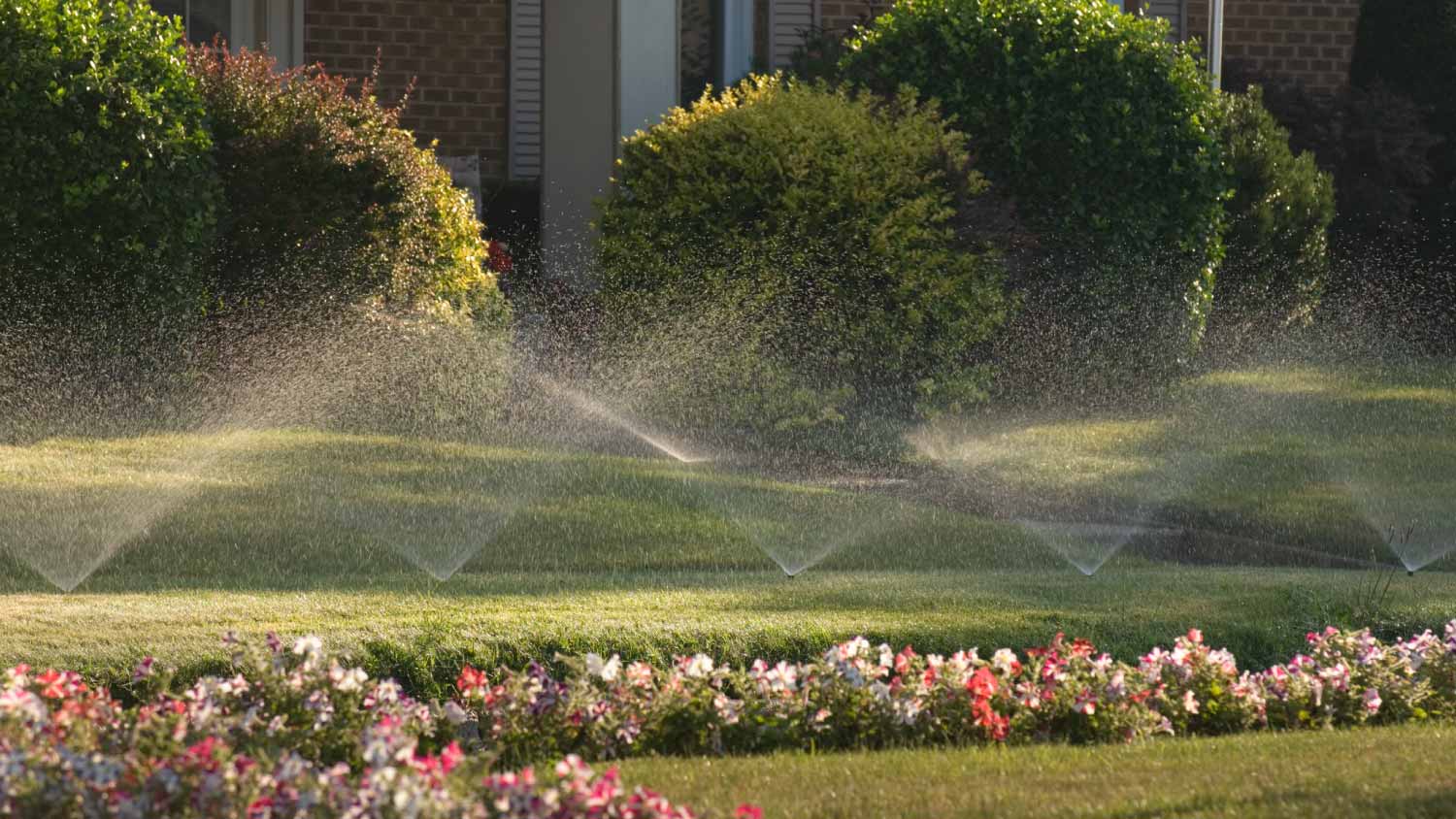
Who to call to winterize a sprinkler system? See why irrigation pros are best, what it costs, and when to schedule before freezing
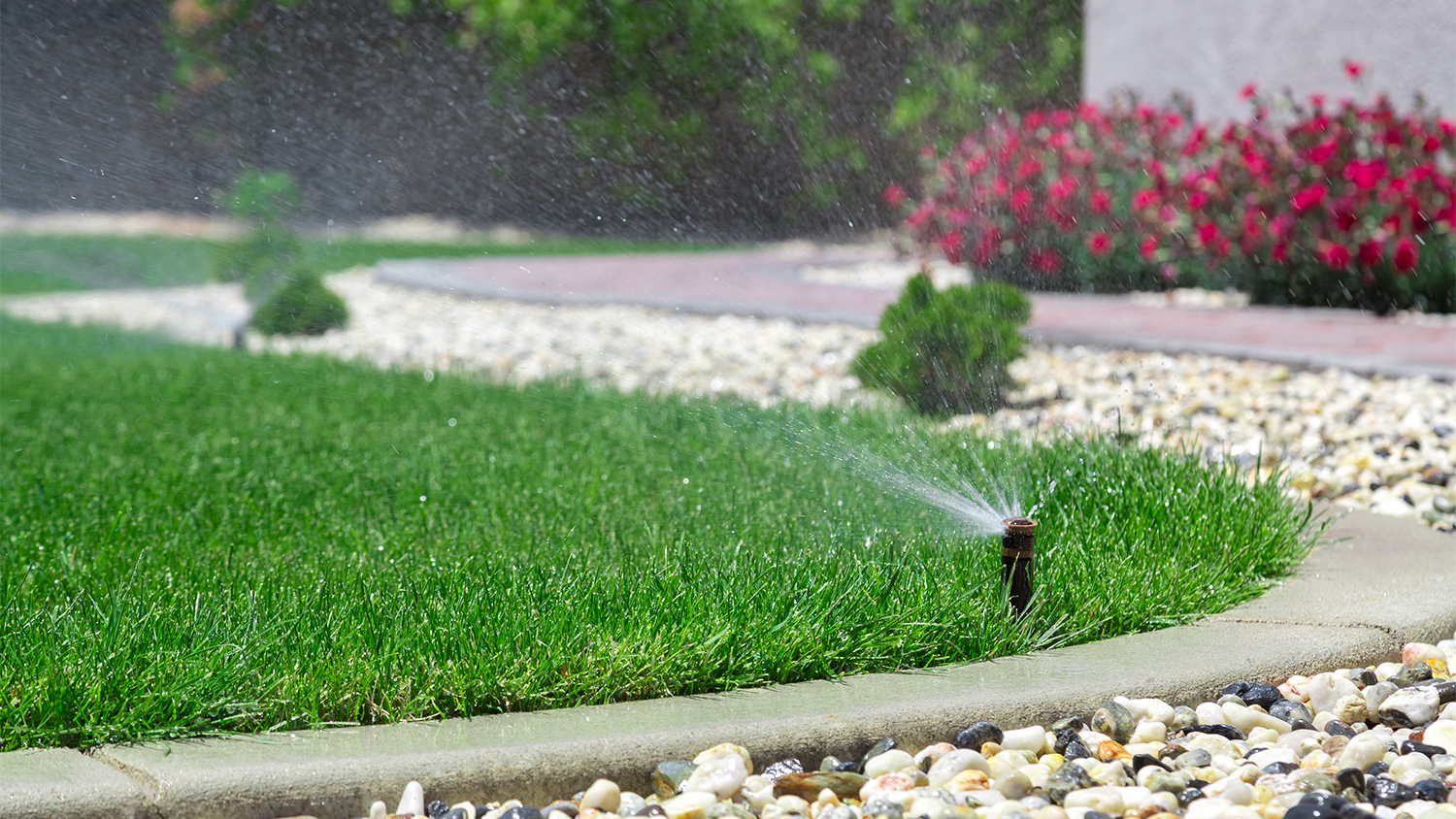
Discover who to hire to turn on your sprinkler system after winter. See why a sprinkler specialist beats a handyperson—read now
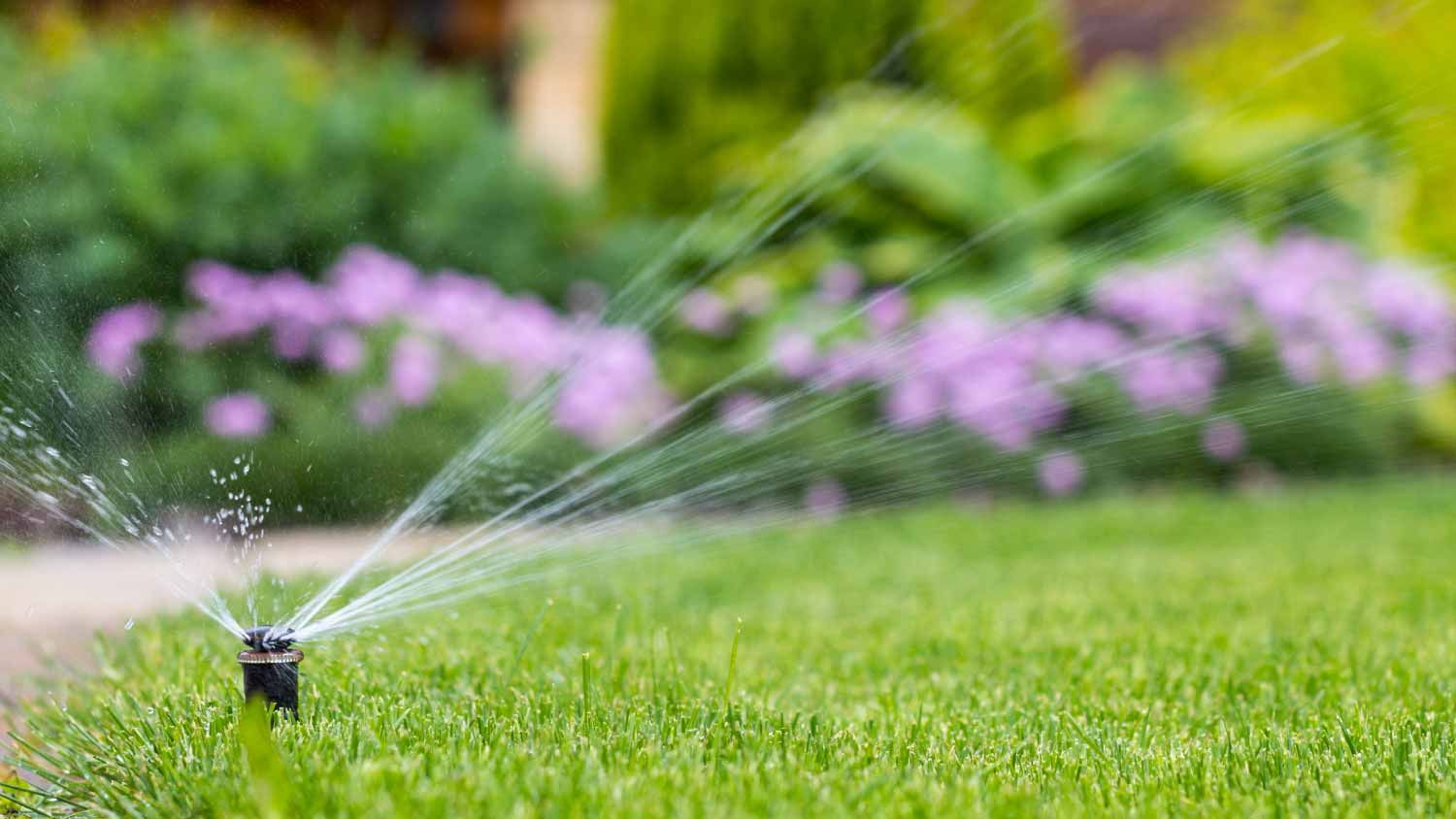
Find who to call to turn on a sprinkler system. Learn when to hire a sprinkler installer or lawn care service and what activation costs
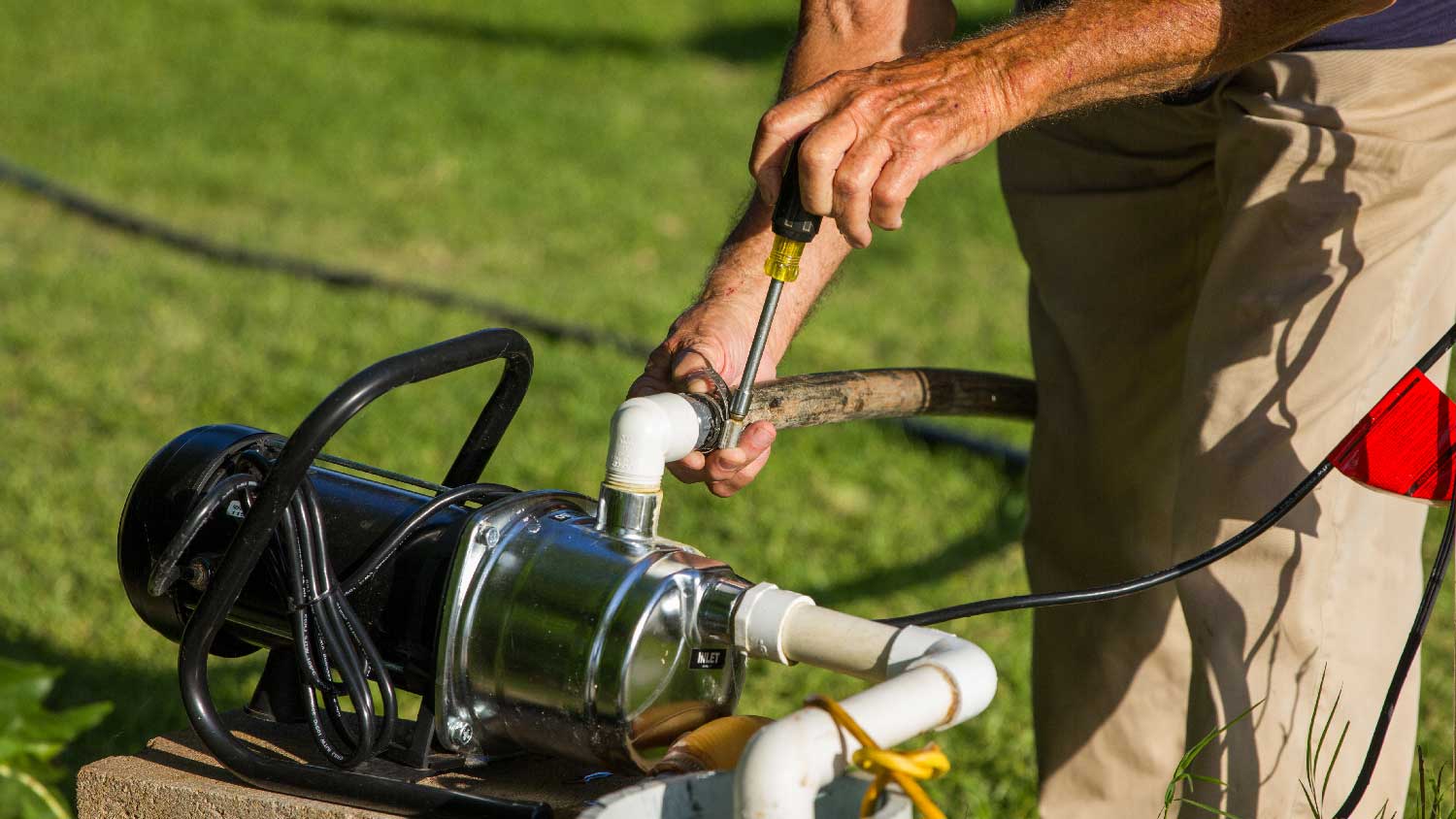
Learn who to call for a sprinkler backflow test. Find certified pros, understand legal requirements, and see how the 20 to 30 minute test works
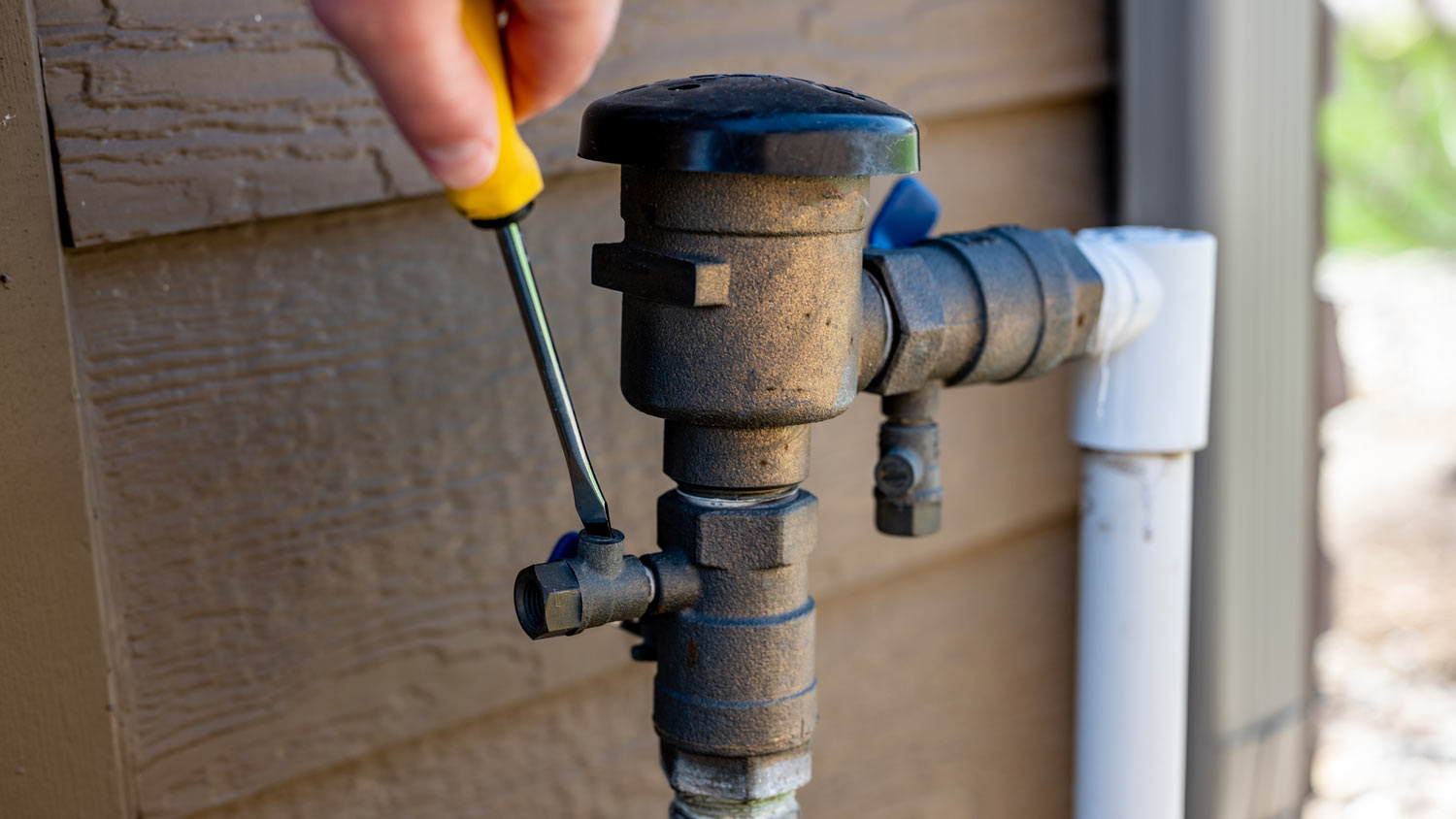
Know who to call for sprinkler repair. Compare irrigation pros vs. handypersons, costs, and steps so you can hire with confidence today